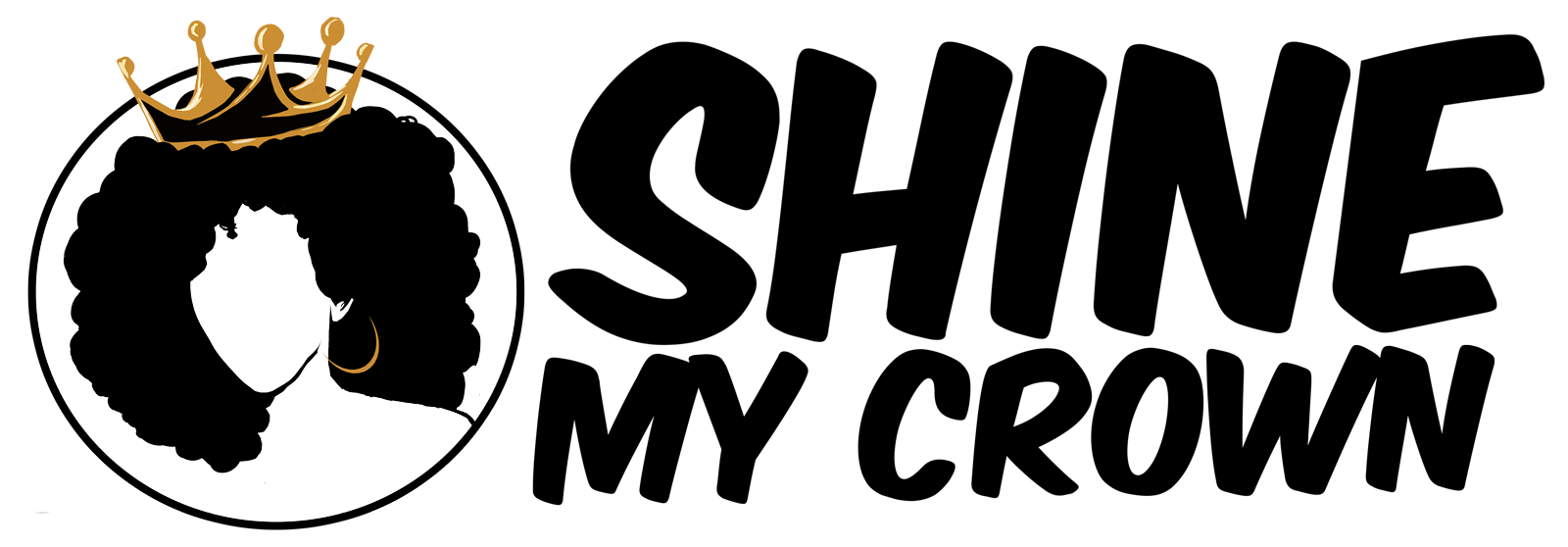Sesame Street pays tribute to Black History Month every year, and this year, the nonprofit is honoring the month by showcasing several Black hairstyles, giving its followers a brief history lesson.
“Hair is often a personal expression of who we are. The styles tell the stories of our culture and heritage, with many reflecting historical traditions. This #BlackHistoryMonth, join us as we explore the history of several styles, starting with box braids!” the company’s first post reads on social media.
The origins of box braids can be traced to South Africa far back as 3500 B.C. Due to the many hours, it takes to have box braids installed, many believed if a woman was able to afford the time and cost of these braids, she was wealthy.
“Braiding started in Africa with the Himba people of Namibia,” says Alysa Pace of Bomane Salon, told Byrdie. “These people have been braiding their hair for centuries. In many African tribes, braided hairstyles were a unique way to identify each tribe. Braid patterns and hairstyles were an indication of a person’s tribe, age, marital status, wealth, power, and religion. Braiding was and is a social art. Because of the amount of time it can take, people often would take the time to socialize. It began with the elders braiding their children, then the children would watch and learn from them.
Sesame Street also highlighted Zulu Knots.
“This style can be worn in numerous ways, but commonly involves tightly twisting sections of hair, braids, or locs, and wrapping each twisted segment around itself to create knotted shapes,” the post’s caption reads.
Zulu knots are more commonly known as “Bantu knots.”
Bantu means “People” in many Bantu languages or dialects. The Bantu are comprised of as many as 600 ethnic groups in Africa.
“Bantu knots also are known as Zulu knots because the Zulu people, a Bantu ethnic group, are the originators of the look we love and wear today,” NaturallyCurly Branded Content Editor Gerilyn Hayes told Ebony.
“This ancestral and cultural tether is striking in its eons-old manifestation of togetherness,” Hayes continues. “Bantu knots are a visual reminder of the origins of humanity, which may intrinsically be a key to their charm.”
